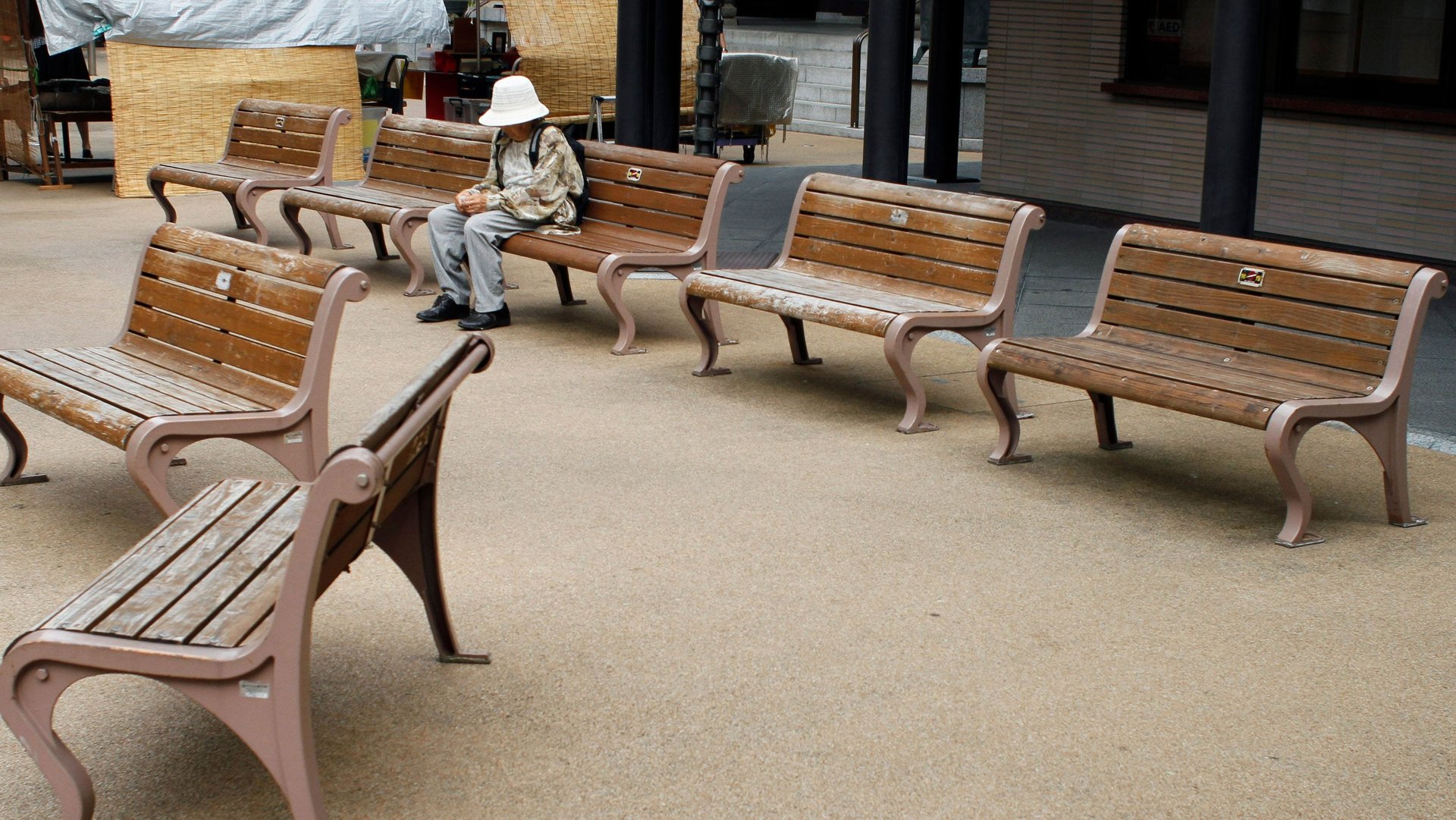Loneliness costs the US almost $7 billion extra each year
Social isolation takes a heavy toll on those who suffer from it, both in health and overall well-being. An effort to quantify the cost of loneliness in the US also found that among Americans aged 65 or older, social isolation costs the US government nearly $7 billion in additional health care costs per year.


Social isolation takes a heavy toll on those who suffer from it, both in health and overall well-being. An effort to quantify the cost of loneliness in the US also found that among Americans aged 65 or older, social isolation costs the US government nearly $7 billion in additional health care costs per year.
People of any age can be socially isolated, of course, but the risk of losing contact with friends, family, and community members becomes greater as a person ages. For some in later life, social networks can shrink after losses and life changes: retirement, the death of friends and loved ones, the loss of mobility or other disability that makes previous social habits more difficult.
In the US, government-funded Medicare health coverage is the primary payer of health care costs for people aged 65 or older. In an attempt to understand how much social isolation costs the system, the advocacy group AARP (formerly the American Association of Retired Persons) and Stanford University’s Center on the Demography and Economics of Health and Aging looked at data from almost 5,300 people aged 65 or over surveyed between 2006 and 2010 as part of the Health and Retirement Study, a biannual demographic study by the US National Institute on Aging and the Social Security Administration. The average respondent was 74 years old, and just over half of respondents were women.
The good news was that most people surveyed did have healthy social networks. A full 86% described themselves as or well-connected, meaning frequent contacts—in-person or otherwise—with their children, friends, and other family.
The 14% who described themselves as isolated, however, also had far more health problems. They suffered more frequently from depression, had more trouble performing basic daily activities like bathing or grooming, and were more likely to have at least five chronic health problems. They were more likely than their socially active peers to be male, white, urban, and poor.
On average, Medicare spent an additional $134 per month, or $1,608 per year, on each of these socially isolated individuals. Extrapolated to the general elder population, that’s an additional $6.7 billion per year in spending. Isolation costs Medicare more each year than arthritis, and just a bit less than high blood pressure.
Lonely people, the study found, aren’t admitted to the hospital more often than connected ones, but when they are, they stay there longer and need more expensive treatments: the result, the authors surmise, of being sicker when they arrive and lacking the support that might help them transition home faster. They also spend more time in skilled nursing facilities—a result, perhaps, of not having the support necessary to rehabilitate at home.
They are also harder to follow over the long term. Fewer than 25% of well-connected patients died within six years of the first interview in 2006, while 35% of isolated ones had.
Does isolation speed up physical decline, or does worsening health make it harder to stay connected? The study indicates that both can be true at the same time—and that governments have an economic interest in combatting loneliness, too.